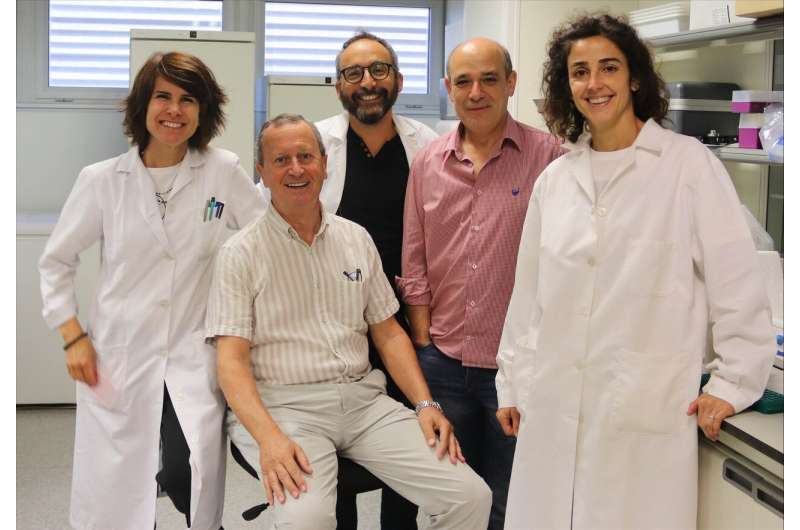Researchers open a new path to end citric fruit alternate bearing

Researchers of Valencia's Polytechnic University and international collaborators have established the epigenetic mechanism through which citrus fruit inhibits the flowering of citric fruit trees. This discovery is essential to understand alternate bearing, a phenomenon that affects a large number of the most prized citric fruit varieties and which globally accounts for annual losses of around €20 billion. This finding opens a new path to solve this issue and limit the losses that it creates in the sector. Their work has been published in the journal New Phytologist.
"A tree, after a year of abundant production, decreases the following harvest significantly, and in some varieties, production even drops to zero. This is what is known as alternate bearing. Thanks to this study, we have new data that helps us learn what happens to orange trees due to the presence of the fruit, what affects said alternate bearing and how these plants flower. This information is key and opens the door to solving alternate bearing in fruit trees," explain Manuel Agustí, head of the Mediterranean Agro-forest Institute.
In their study, the researchers have verified that the presence of the fruit prevents the leaf from responding to the environmental signs that induce flowering; they have found the gene that is responsible for this inhibition—CcMADS19—and how it is regulated. "This gene is the precursor of the CiFT2 gene that induces flowering. It becomes inactive with the cold weather and lets the inducer act, but the fruit deletes the cold signal and keeps the gene active, thus inhibiting the expression of gene CiFT2. This explains the inhibiting effect of the fruit, and therefore, alternate bearing," says Manuel Agustí.
Researchers stress that the most relevant part of the study is the discovery of the role of the fruit in the flowering process. "We found that the presence of the fruit causes epigenetic changes that are directly linked to the flowering-repressing action of CcMADS19, which prevents the activation of the flowering promoter. By knowing which gene is responsible for this stoppage in the development of the plant, we can act on it, implementing new practices that can help lessen the issue," says Miguel Blázquez.
A total 130 million tonnes of citric fruits are currently produced around the world, of which Spain generates close to eight million. "Many of the most prized varieties sold, such as Nadorcott, Tango, Leanri or Orri, to name a few, are affected by alternate bearing. Thus, this study opens a very important path for the sector, as implementing the conclusions we have obtained on the ground could noticeably mitigate the losses derived from this severe citric issue," adds Manuel Agustí.
Possible solutions
Also as a result of their work, the researchers have proposed solutions. Specifically, the year when the plant blooms, conduct pruning that cuts the flowering buds in half. "In large holdings we have been able to, by way of mechanical pruning, increase the average harvest by 30 percent across a six-year alternate bearing cycle. Our goal is now to adapt this technique to small holdings, which we are currently working on," concludes Manuel Agustí.
More information: Manuel Agustí et al. Fruit‐dependent epigenetic regulation of flowering in Citrus, New Phytologist (2019). DOI: 10.1111/nph.16044
Journal information: New Phytologist
Provided by Asociacion RUVID

















